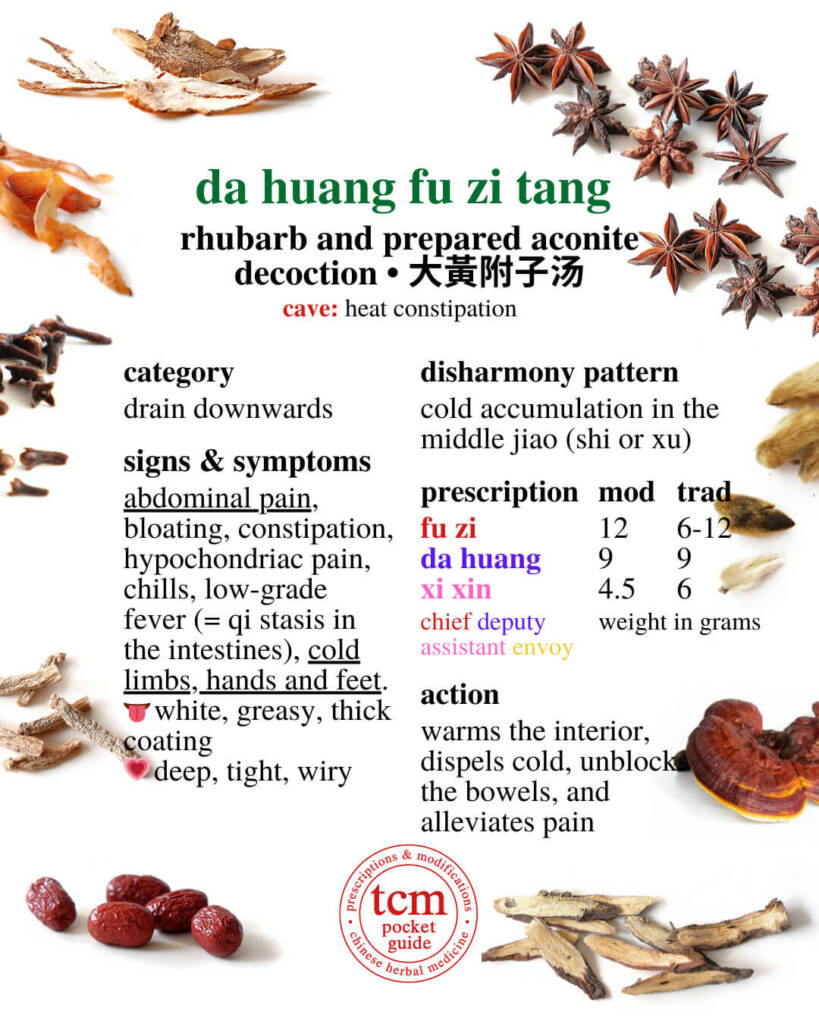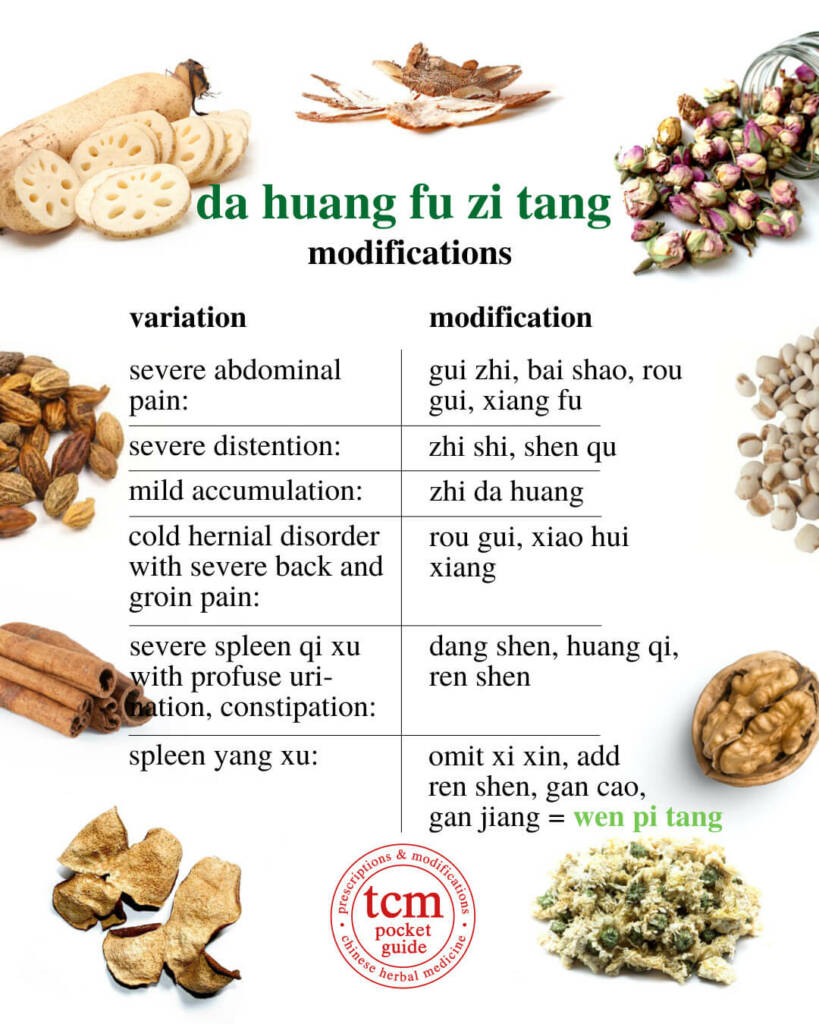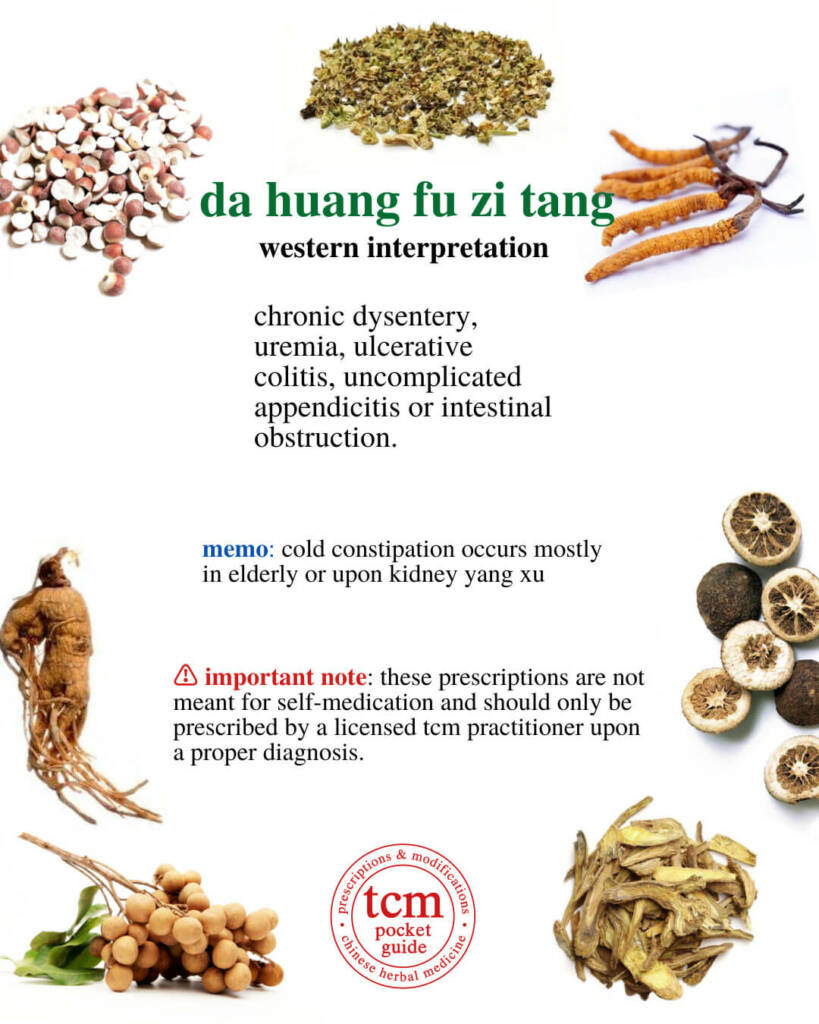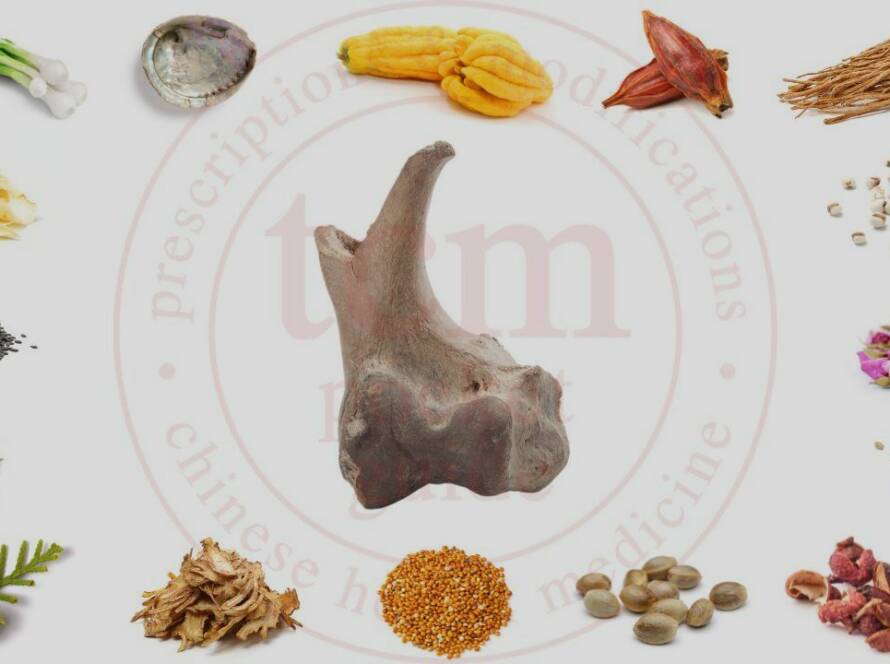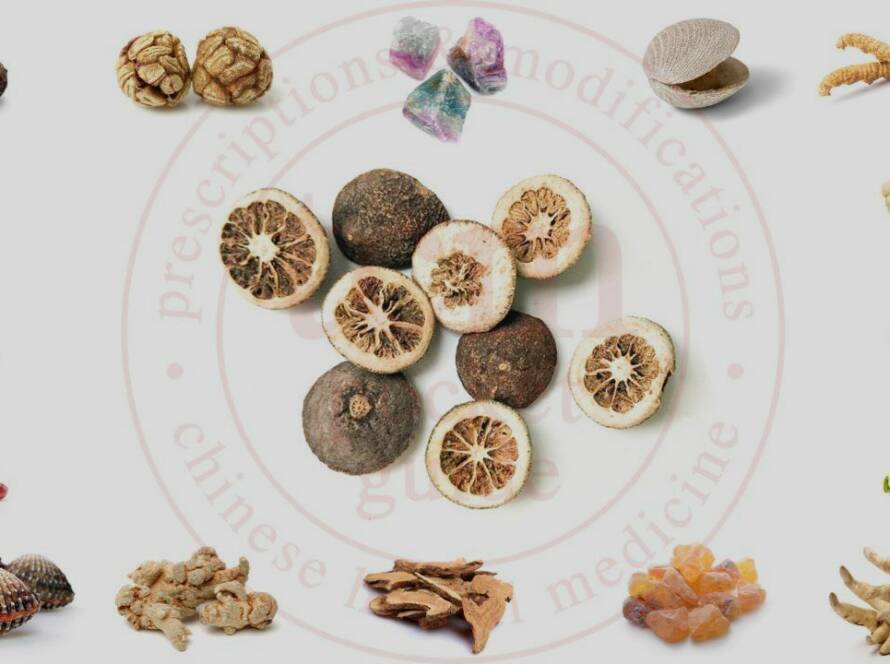dà huáng fù zǐ tāng is used for patterns with
cold accumulation in the interior, cold accumulation in the middle jiao.
symptoms indicating the use of dà huáng fù zǐ tāng
abdominal pain, constipation, hypochondriac pain, chills, low-grade fever, cold hands and feet, aversion to cold, pain in the armpits, unilateral pain in the abdomen and hypochondrium, stiffness and spasms beside and below the umbilicus, pain in the waist and legs.
western interpretation of dà huáng fù zǐ tāng
chronic dysentery, uremia, ulcerative colitis, uncomplicated appendicitites, and uncomplicated intestinal obstruction.
explanation of the mechanism
when cold accumulates in the middle jiao, it obstructs and constrains the flow of qi in the yang organs, causing abdominal pain and constipation. severere constraint from cold may lead to clumping, which causes the qi to rebel upward and produce pain in the hypochondria, the province of the terminal yin (liver) channel. it also interfers with the spreading of yang qi through the body, producing a feeling of cold, especially in the hands and feet.
this is different from the chills due to an exterior condition in which all parts of the body are equally cold. the accumulation of qi leads to stagnation in the intestines, which may give rise to a low-grade fever. the white greasy tongue coating and the submerged, tight, and wiry pulse are indicative of cold excess in the interior.

created with love in switzerland 🇨🇭
feel free to share this content:


